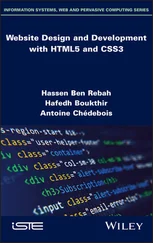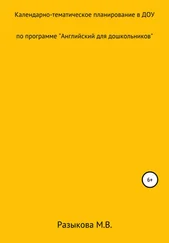• https://puzzles.independent.co. uk/games/personality_which-world- leader-are-you/
• Which World Leader Are You?
• Students find out which powerful person shares their personality! (What is the most important leadership quality? If necessary, would you use force to achieve your goals? Which of the following accomplishments would make youmost proud?
Which hue best represents you?
Is national pride important to
you? In which of these subjects did you most succeed at in school? Have you ever
been given a job through family connections?)
– Students can share their results.
My Sample 4 Warm-Ups without Technology
STEM Lesson __ Addressing Social Issues through Art ________________________
Make Posters
– Hang large pieces of butcher paper on the walls at various spots around the room. Label the posters «Group 1,» «Group 2,» and «Group 3.»
– Break students into their assigned groups and give them each a few colored markers. A good way to break students into groups is simply by numbering them – that is, go around the room to each student and give him a number, such as: «You are No. 1, you’re No. 2, you’re No. 3, etc.» —
– Do this until all students have a number ranging from one to five.
– Have each group choose a leader, recorder, and reporter. You may be surprised how artistic and clever the students are in creating original posters. The topics can include any of the issues you are studying currently in class or topics related to issues you plan to cover in the near future.
(Is the media biased? Why or why not. Is democracy the best form of government? Will racism ever die?)
Then think what technology would be most appropriate
Make Posters
– Students use https://www.postermywall.comPostermyWall. Fantastic site for making posters. This is the easiest software to use. Create the perfect poster, flyer or social media graphic.
– Label the posters «Group 1,» «Group 2,» and «Group 3.»
– Break students into their assigned groups. A good way to break students into groups is simply by numbering them – that is, go around the room to each student and give him a number, such as: «You are No. 1, you’re No. 2, you’re No. 3, etc.» —
– Do this until all students have a number ranging from one to five.
– Have each group choose a leader, recorder, and reporter. You may be surprised how artistic and clever the students are in creating original posters.
– Students share designs and folders with team to edit them together. (Functions: 1.My Stuff 2.Shared with me)
– The topics can include any of the issues you are studying currently in class or topics related to issues you plan to cover in the near future.
(Is the media biased? Why or why not. Is democracy the best form of government? Will racism ever die?)
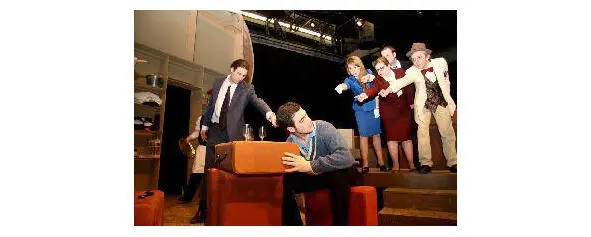
Addressing Social Issues through Art 1
Advanced (C1-C2)
English-Language Arts
History/Social Science
Visual Arts & Performing Arts
English Language Development
What social issues motivate students within their community? The purpose of this lesson is
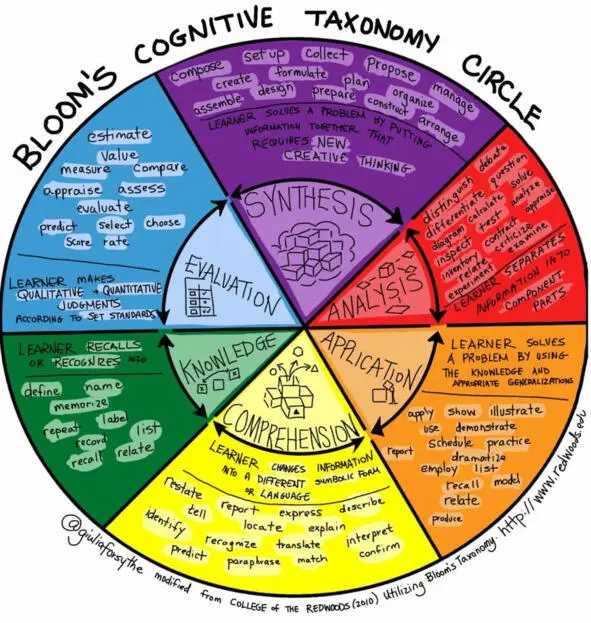
for Individual students to develop a Project where they design a nonprofit business plan using
their art major to facilitate their organization’s mission.
Lesson Objectives
Students will be able to:
– research the traits of artists and the purpose of their non-profit endeavors;
– compare and contrast findings, within small groups, discussing professional skill sets required to support these non-profits;
– create a list of outlandish ideas for potential non-profit
Business/Materials
– English-Language Arts
– History/Social Science
– Visual Arts & Performing Arts
– English Language Development
– A projector
– A Smart Board
– Computers with internet access

Warm-up
Make Posters PostermyWall
1 – Make Posters
Students use
https://www.postermywall.com
PostermyWall. Fantastic site for making posters. This is the easiest software to use. Create the perfect poster, flyer or social media graphic.
– Label the posters «Group 1,» «Group 2,» and «Group 3.»
– Break students into their assigned groups. A good way to break students into groups is simply by numbering them – that is, go around the room to each student and give him a number, such as: «You are No. 1, you’re No. 2, you’re No. 3, etc.» —
– Do this until all students have a number ranging from one to five.
– Have each group choose a leader, recorder, and reporter. You may be surprisedhow artistic and clever the students are in creating original posters.
– Students share designs and folders with team to edit them together. (Functions: 1.My Stuff 2.Shared with me)
– The topics can include any of the issues you are studying currently in class or topics related to issues you plan to cover in the near future.

The three reasons
– Communicating objectives to students send a strong message about who is driving the learning.
– Communicating objectives to students gives away the ending before the uncovering even begins.
– Communicating objectives to students discourage students and teachers from pursuing potentially constructive lines of inquiry that appear tangential to the objectives.
How often have you been told that writing the lesson’s objectives on the board is best practice?
Can you think of even one reason why doing this might be a bad idea?
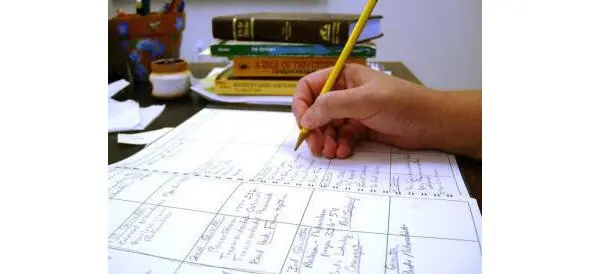
Can you argue? A real story. From a teacher.
That one of my old schools, the principal would insist on written objectives in every classroom because he believed that it was the uniformity in the classroom that routine that helped the school function effectively. While I don’t totally disagree that the consistency and structure helped, it sometimes resulted in some artificial and arbitrary steps teachers were required to take during formal observations. Not only were teachers expected to write up objectives, but also to elicit these objectives (aims) from students. While students were often polled to suggest possible objectives based on warm-up or introductory activities, I don’t think it gives students enough credit to suggest that they felt «ownership» of the lesson because the objective came from them, especially when the teacher made no secret of the fact that the objective was written in the lesson plan. A few years later at a new school that does not require it, I do find myself still writing objectives and agendas on the board. The agendas are generally for me to keep track of the pace of the activities I usually arrange for lessons, but I do tend to use quirky titles that sometimes prompt students to wonder how they relate to what we are doing in the activities leading up to them. Again, these are generally for me though. Some students like writing the objectives in their notes as organizational tools, which I can understand. Still, there are some days when I don’t put one up because I don’t know exactly how much we will figure out over the course of the period. I really value the freedom I currently have because I remember what it was like to not have it and because I know that many don’t have that freedom at all.
Читать дальше












